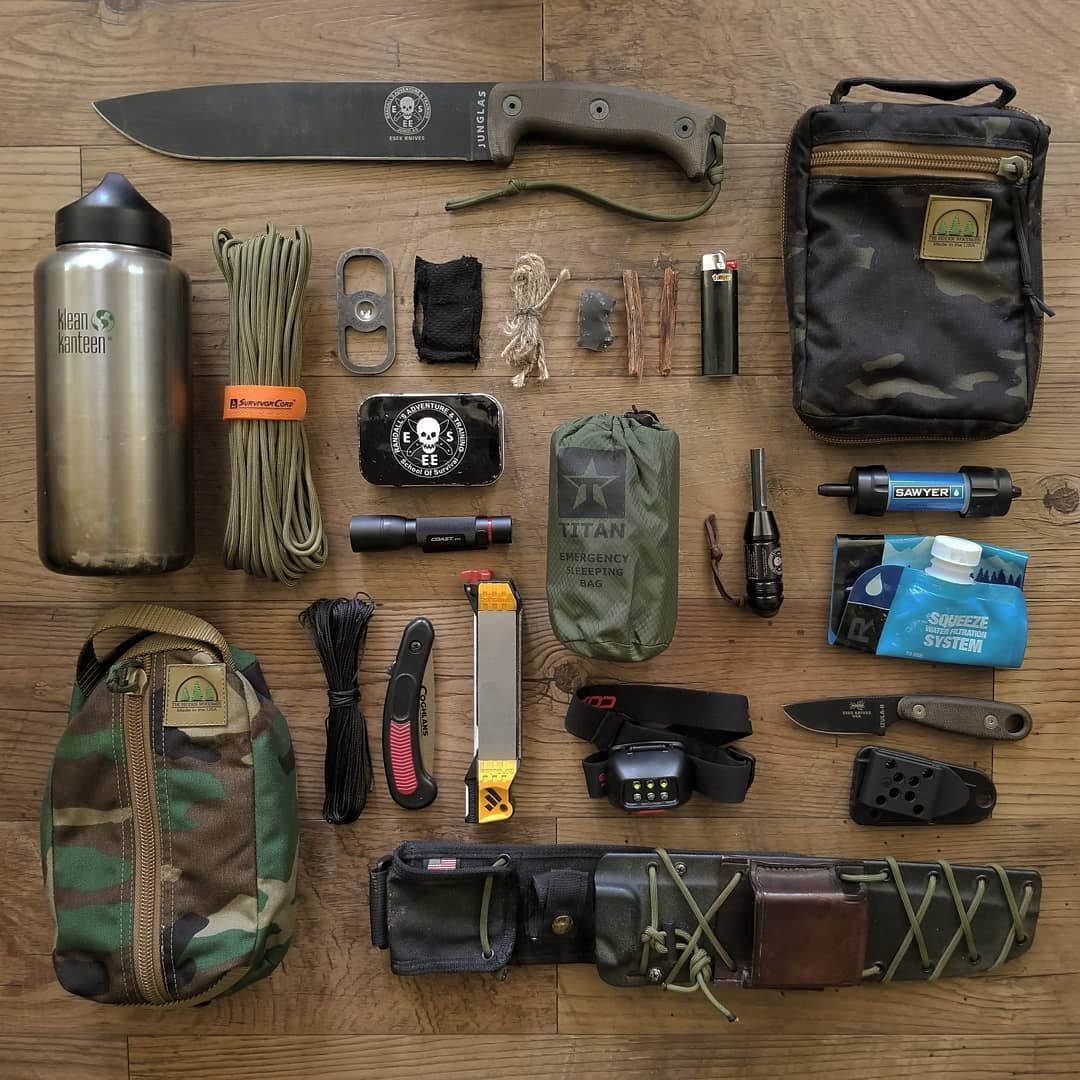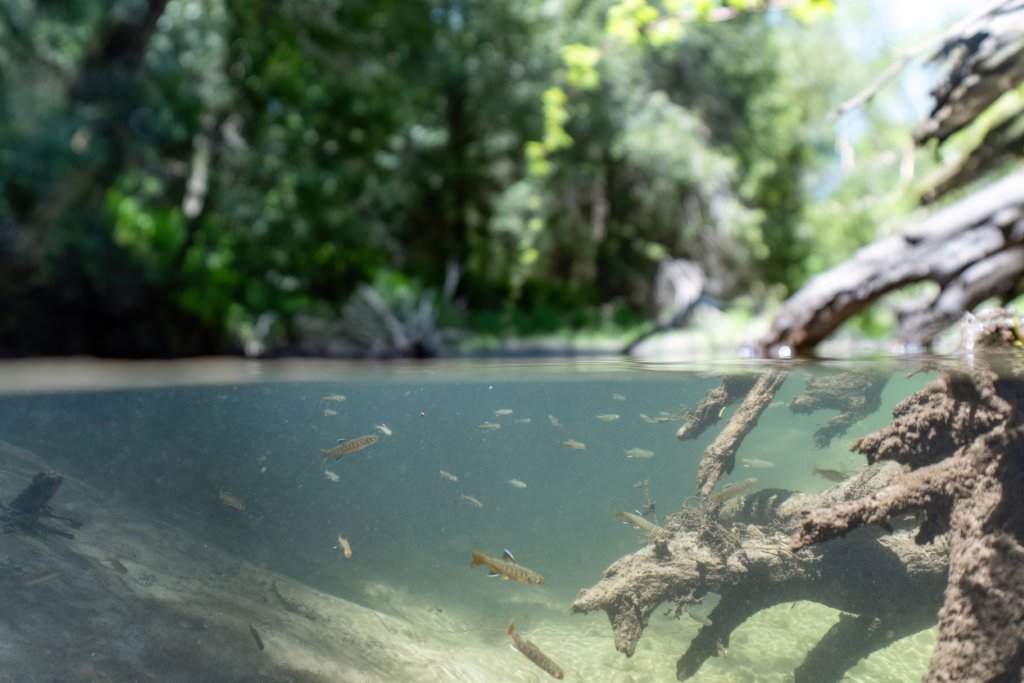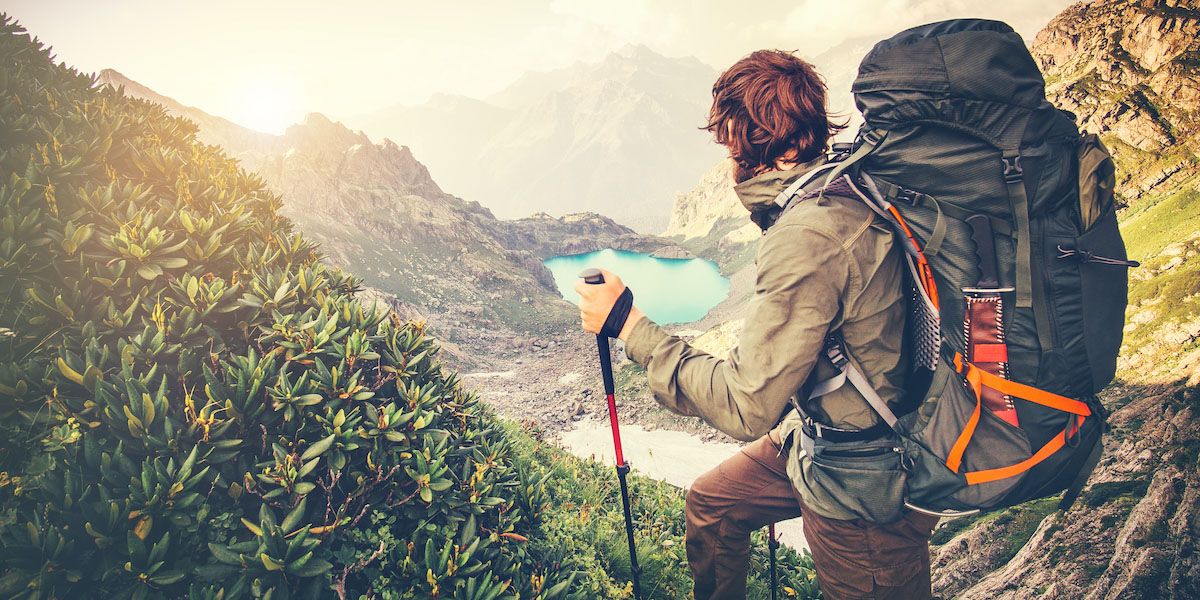Bugging out has become one of the most widely discussed ideas in preparedness circles. Many people imagine that when a severe crisis hits—whether it’s societal collapse, violent unrest, or a sweeping natural disaster—the safest choice is to abandon their city and head toward some remote location far away from crowds and danger. That image of quickly gathering gear and disappearing into the wilderness is popular, but it is not always the most realistic or safest decision.
There are genuine situations where leaving home becomes necessary. Wildfires can sweep across a region with little warning, floods can make entire neighborhoods unlivable, and chemical spills or industrial accidents can force people to evacuate immediately. Other times, communities face threats of violence, failing infrastructure, or the gradual breakdown of order that makes staying put feel impossible. Whatever the scenario, the idea of preparing beforehand—mentally, physically, and logistically—remains essential.
The truth is that nobody knows whether the preparations they’ve made will be enough until the day they are tested. Most of us hope that day never comes, yet preparing for the worst gives you a fighting chance. With that mindset, this guide explores what bugging out really means, how to evaluate bugging in versus bugging out, and what steps help increase your actual survival odds if you ever have to make that decision under pressure.
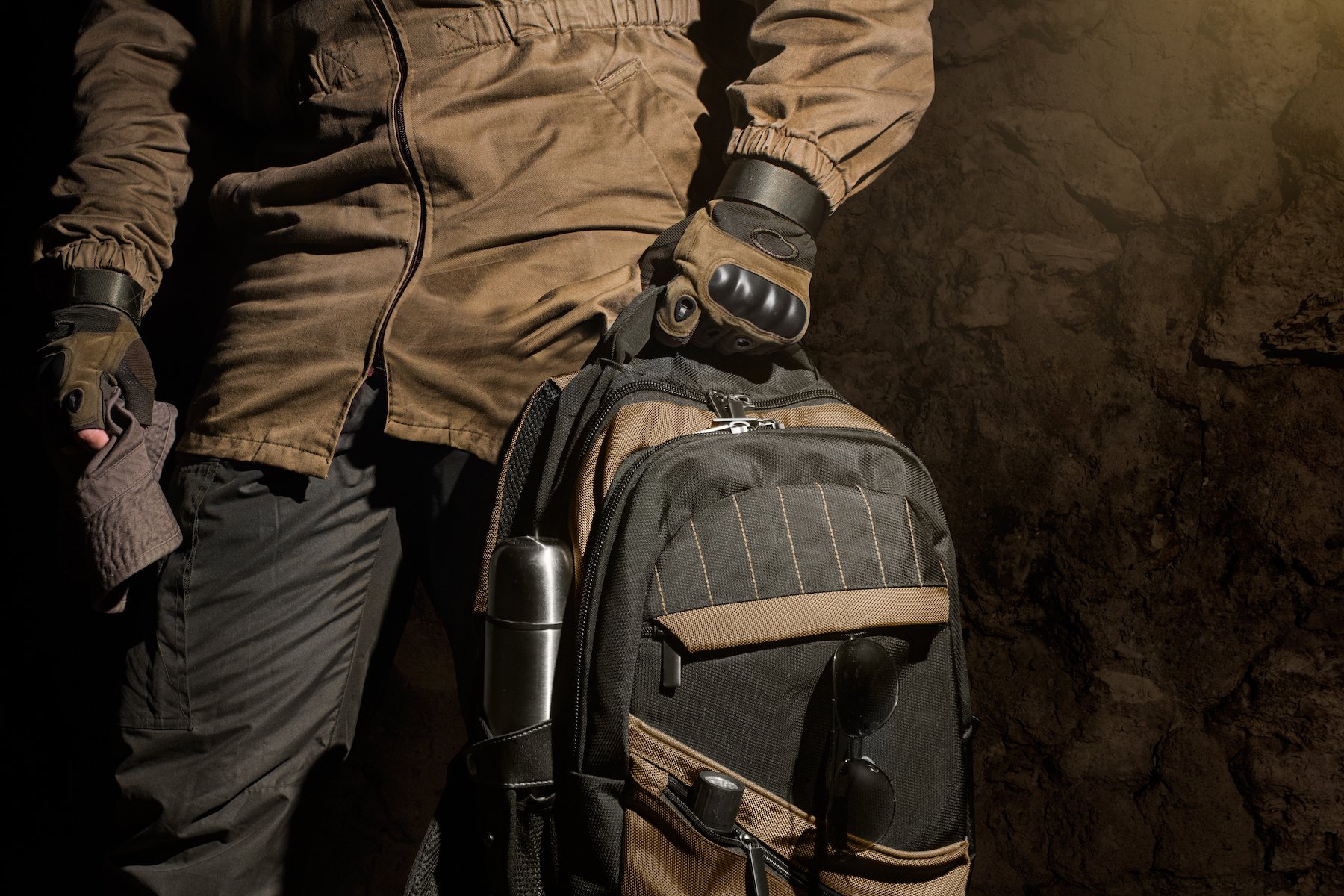
Bugging Out Vs Bugging In (Tips)
What Bugging Out Really Means
The idea of “bugging out” refers to the moment when your home becomes unsafe or unsustainable, and the situation around you is deteriorating too quickly to remain. In that moment, you rely on your pre-packed gear—your bug out bag—and leave for a safer location you planned ahead of time. This might be a shelter, a cabin, a secluded campsite, or a spot in the wilderness where you’ve stored supplies.
Staying calm is crucial. Panic leads to rushed decisions, forgotten gear, lost time, and vulnerability. Even your designated safe zone may change depending on how the disaster unfolds. An area that once looked ideal may become compromised, crowded, or dangerous by the time you reach it. Bugging out is rarely a straight line; it’s a shifting process that demands adaptability.
Should You Bug Out or Bug In?
Bugging in is simply the opposite choice—remaining in your home instead of leaving it. But it is not the “easy” option. Staying home still requires you to protect your shelter, support your family, and withstand whatever crisis is unfolding. For many scenarios, bugging in is actually the safest and smartest move.
There are situations where bugging in is the better choice:
-
Not everyone in your family can physically handle traveling long distances.
-
You do not have a safe destination within a reasonable reach.
-
The odds of surviving are higher by staying put than by leaving.
-
You do not want to abandon your home and everything in it.
-
You possess the tools and ability to defend your household.
-
You have enough supplies to sustain everyone for days or weeks.
Bugging in works well when your home is still structurally sound, stocked, and defensible. It fails when staying becomes a direct threat—when the environment makes remaining impossible.
Bugging Out Preparation
Choosing to bug out means accepting a far more demanding set of challenges. It involves physical effort, careful planning, and a clear understanding of your limits and the risks ahead. Preparing properly, long before any emergency, heavily influences whether you succeed.
1. Planning a Safe Route to Your Destination
Knowing your destination and having your bug out bag ready are only the first steps. The real question is: how will you reach that location safely? Will you drive, walk, cycle, or rely on another form of transportation? If you must travel on foot, can every member of your family physically keep up? Even a short trip becomes exhausting when carrying gear or traveling through rough terrain.
Having multiple routes is essential. Roads may be blocked, bridges damaged, or crowds may create dangerous choke points. Alternative paths—preferably ones that avoid heavily populated or high-risk zones—give you flexibility when your first plan collapses.
2. Who Knows About Your Location?
A bug out location that attracts others becomes less of a sanctuary and more of a competition zone. If your safe spot is well known or obvious, many people may also head there, draining resources quickly. Ideally, you want a location that is quiet, private, and not easily discovered by strangers. The more isolated and self-sufficient the spot, the fewer problems you will face from outsiders.
Depending on the danger you’re preparing for, a remote area off common trails may be necessary. The harder it is for others to find, the more secure your group will be.
3. What Happens When You Arrive
Reaching your bug out location is not the conclusion—it’s the beginning of a difficult phase. You must quickly establish your shelter, assess your food supplies, secure fresh water, and set up a cooking and heating method that is safe and sustainable. Natural food sources may supplement your stored goods, but you need a plan for making everything last.
Thinking ahead for long-term survival becomes important the moment you arrive. You must decide how to ration, how to defend your area, and how to adapt as conditions change.
4. The Human Factor
Even during disasters, people are still people. Some prepare seriously; others rely entirely on those around them. If you travel with individuals who contribute nothing, they will drain your food, energy, and resources. It’s crucial to bug out with people who are dependable, prepared, and capable of helping.
Teach your loved ones the skills they need to function independently. You cannot carry everyone—emotionally or physically—through a crisis. Without balance, your group’s survival odds drop sharply.
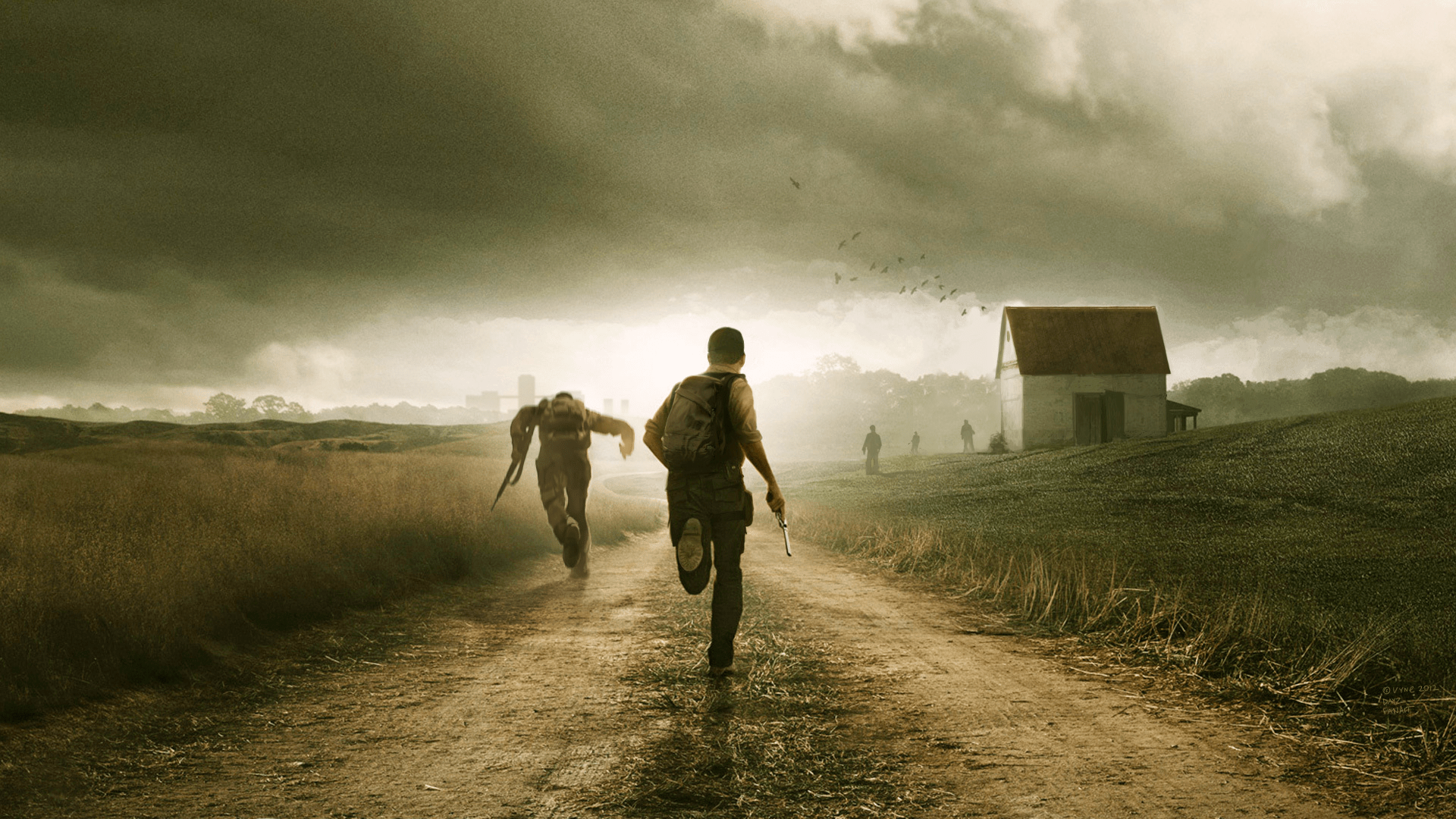
How to Improve Your Bug Out Success Rate
Bugging out is not finished once you arrive at your location. In many ways, the hardest work comes afterward. Preparing beforehand and adjusting quickly once you’re there dramatically increases your chances of making it through.
1. Get in Shape
Your body must be capable of walking long distances, climbing, lifting, and coping with stress. If you or someone in your group struggles with mobility, you may need bikes, carts, or even animals to help carry loads. Physical preparation is not optional—it directly determines whether bugging out is viable.
2. Pack Healthy Food
The food you pack determines your stamina. Junk food burns fast and leaves you weak. Nutrient-dense dehydrated meals, nuts, oats, dried fruits, and compact calorie sources keep your energy stable. Foods that don’t require refrigeration or heavy cooking are ideal for conserving time and fuel.
3. Protect Your Feet
Your feet are your transportation. Rough terrain, water crossings, mud, and long hikes will destroy cheap shoes quickly. Invest in durable, supportive, waterproof footwear that keeps your feet warm and blister-free. A damaged foot can stop your bug out plan instantly.
4. Care for Your Bug Out Bag
Your bug out bag should hold only essential items. Overpacking slows you down, strains your body, and damages your gear. How you organize the bag matters too—heavy items go close to your back, fragile gear must be cushioned, and frequently used tools need to be accessible.
5. Water
Your body can push through hunger far longer than it can survive without water. Dehydration weakens your judgment, slows your movement, and quickly becomes life-threatening. Because of this, water is one of the most important elements of your entire bug-out plan. You must pack enough water to get you safely to your bug out location, and you must also ensure that your destination provides access to a renewable, clean source.
Carrying a portable purification method is essential. A water filter, purification tablets, or a reliable purifier lets you use natural sources like streams, ponds, or collected rainwater. Learning where water naturally pools in forests or mountains can also be lifesaving. If your bug out location lacks dependable water, the entire plan falls apart, no matter how prepared you feel in other areas.
6. Choosing Appropriate Clothing
Bugging out exposes you to unpredictable weather, rough terrain, and long periods outdoors. You might cross streams, deal with heavy rain, or spend cold nights with limited shelter. Clothing that dries fast, breathes well, and provides warmth becomes a protective layer between your body and the elements.
Avoid cotton because it holds moisture and cools your body dangerously fast. Look for performance fabrics that wick sweat, resist wind, and maintain warmth even when damp. Light layers, thermal tops, waterproof shells, gloves, and hats all play a role in keeping you safe and functional during the journey.
7. Make Time for Rest
Your body cannot operate at full capacity indefinitely. Bugging out often means long hours of stress, miles of travel, emotional exhaustion, and the physical weight of uncertainty. Taking short, scheduled breaks prevents burnout, injuries, and poor decision-making. Resting also helps maintain morale in your group, especially for children, elderly members, or people under severe mental strain.
Pay attention to your breathing, muscle fatigue, and overall condition. Even brief pauses can help you recover enough strength to continue safely without pushing into dangerous exhaustion.
8. Distribute the Load
If your entire family or group is bugging out to the same location, spread the weight of heavy gear evenly. One person carrying all the tools or shelter equipment will tire rapidly, slowing everyone down. Tools like tents, cookware, tarps, and rope can be divided so each person carries a manageable share.
Teach each member of your group how to use the gear they are responsible for. When everyone understands their equipment, the whole group becomes stronger and more efficient.
9. Protecting Your Mental Well-Being
Mental stability during a crisis is just as important as physical preparation. Fear, panic, exhaustion, and constant uncertainty can wear you down quickly. To remain focused and capable, you must prepare for the emotional impact of bugging out just as much as the physical challenges.
If you rely on medication for anxiety, sleep, or emotional balance, pack what you need. Comfort items such as herbal supplements or calming aids can help you stay steady when stress peaks. A clear mind lets you make smart, calculated decisions instead of reactionary ones that endanger the group.
10. Lighten the Load
It’s easy to overpack when preparing for an emergency. People add items “just in case,” and soon their pack becomes too heavy to carry efficiently. The smarter strategy is stocking up your bug out location ahead of time, so you only carry the bare essentials needed for the journey.
Prioritize what is required to reach the location safely: water, protection, navigation tools, and basic food. Anything that slows you down becomes a liability rather than an asset. Travel light, move efficiently, and rely on your pre-stocked supplies once you arrive.
11. Setting Up Your Space the Right Way
When you finally reach your bug out location, the way you set up camp shapes your long-term comfort and survival. You must approach this step with strategy. Organize your sleeping area to stay warm and dry, secure sources of water and food, and establish a method for cooking safely without wasting fuel.
Spend time learning basic survival skills now—before a crisis happens. Knowing how to build windbreaks, manage sanitation, forage, or secure shelter gives you an advantage when the situation becomes real. The more knowledge you have beforehand, the less you’ll be forced to learn under pressure.
Bugging out doesn’t fit every scenario. It demands physical strength, emotional resilience, and careful preparation. But for those who choose it as their survival approach, understanding the realities and following these steps increases your odds of navigating disaster with clarity and confidence.

Bugging In vs Bugging Out: Weighing the Pros and Cons
Survival communities often debate whether bugging in or bugging out is the smarter move. Some people swear they will never leave their home, while others insist that evacuation is the only rational response in a crisis. The truth lies somewhere in the middle, because both options have advantages and risks. Your circumstances—family size, location, mobility, resources, and the exact nature of the disaster—determine which choice gives your family the highest chance of safety.
Bugging In?
Bugging in means staying home and turning your household into your shelter. This can work well, but only if certain conditions are met:
● Your home must be durable and secure enough to withstand the crisis.
● You must have a reliable off-grid system or backup plan for power and heat.
● You need enough supplies—food, water, sanitation—to outlast the disaster without leaving.
Pros of Bugging In
● Familiarity
Remaining in your own home reduces stress and panic because you know the layout, the terrain, and the possible weak points. Familiar environments help you think clearly during emergencies, and you can reinforce your home security and defensive measures more effectively.
● Suitable for Less Mobile Family Members
Small children, elderly relatives, and people with mobility challenges often struggle with bugging out. Staying home allows them to remain safe without undergoing physical strain, long hikes, or exposure to harsh weather.
● Control Over Your Environment
Bugging in lets you prepare in advance—fortifying the home, stocking food and water, adding security systems, and building a self-sufficient setup that allows you to respond calmly and intelligently to whatever happens outside.
Cons of Bugging In
● Not Ideal in Dense Urban Areas
In cities, panic spreads fast. Crowds may get aggressive, resources vanish quickly, and your well-prepared home can become a target for desperate neighbors or looters. A strong security system is essential if you choose to stay in a high-population zone.
● Hygiene Problems Can Build Up
Trash, waste, and contaminated water become serious hazards if the grid fails. Without a sanitation plan, illness can spread throughout your family. Options like makeshift septic systems or low-smoke incineration methods may be necessary.
● Harder to Escape Later
Once roads are blocked, tensions rise, and conditions worsen, leaving becomes much more dangerous. Your exit routes may disappear entirely. A backup plan for rapid evacuation is critical even if you intend to bug in.
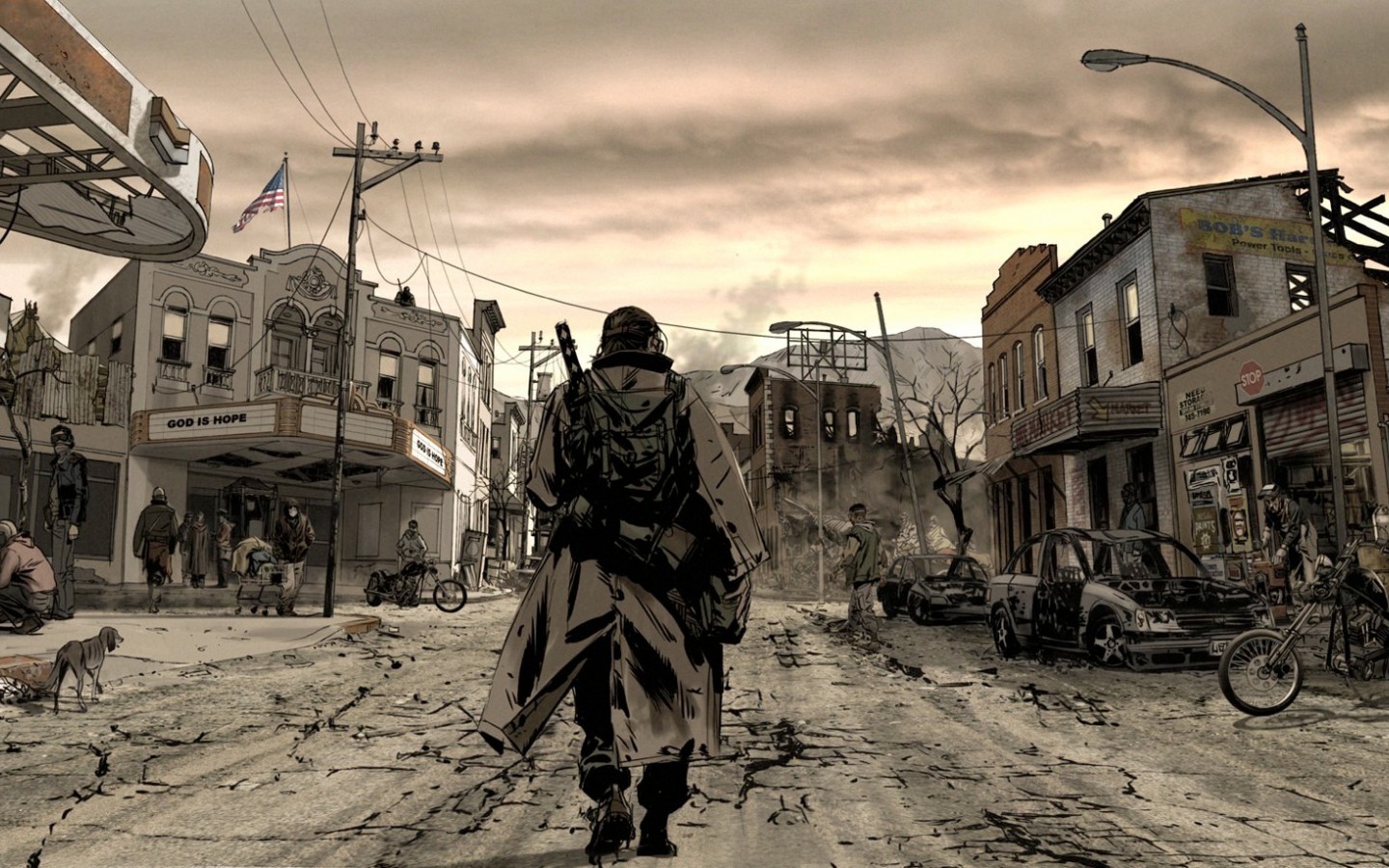
Bugging Out?
Bugging out is generally a last-resort strategy used when your home becomes unsafe, attacked, contaminated, or unlivable. The idea is to grab your essentials, leave quickly, and head toward a pre-planned, well-stocked, secure location. But even with careful planning, bugging out carries serious challenges.
Before choosing this path, ask yourself:
● Is your vehicle reliable, and do you have backup transportation?
● Is your bug out location hidden, stocked, and accessible?
● Can your family travel safely without collapsing under the physical demands?
Pros of Bugging Out
● Find the Best Survival Location
The wilderness offers routes to escape danger and hide from threats. Natural landforms can help you stay out of sight and adapt quickly as conditions shift.
● Harder for Looters to Target You
Because you’re mobile and carrying limited possessions, you present a smaller, less attractive target. Staying in motion reduces the odds of being cornered by hostile groups.
● Less Likely to Be Trapped
Movement gives you options. If a location becomes unsafe or supplies run out, you can shift quickly to a new area. A well-maintained vehicle greatly increases your flexibility.
Cons of Bugging Out
● High Survival Skill Requirement
Living on the move requires advanced knowledge of shelter-building, fire-making, hunting, foraging, navigation, and first aid. Without these skills, the wilderness can become even more dangerous than the disaster itself.
● Increased Dangers
You have no guaranteed access to medical help, stable shelter, or consistent supplies. Accidents or injuries become more severe when you are isolated and exposed.
● Limited Defensive Structure
Mobility makes it difficult to build strong walls or protected perimeters. You must remain alert, armed, and strategic. Groups often take turns standing watch at night until a fortified base is established.
● Resources Run Out Quickly
Carrying everything on your back or in your car limits how much you can take. Without a plan for finding more food, water, and fuel, your supplies will drain rapidly.
Which Is Better?
The best choice depends entirely on your family, your skills, the severity of the situation, and how well you’ve prepared. Whether you decide to bug in or bug out, the only correct option is the one that gives you and your loved ones the highest chance of survival. A dependable, fully stocked go-bag kept within arm’s reach ensures you’re ready for either path.
Making a Survival Decision That Fits Your Situation
When it comes down to choosing between bugging in and bugging out, the answer is never universal. Every threat is different, every family dynamic is unique, and every location has its own advantages and vulnerabilities. The smartest approach is to understand both strategies deeply, prepare for both possibilities, and avoid locking yourself into a single mindset.
A disaster might begin as a situation where bugging in makes perfect sense—your home is secure, your supplies are solid, and the danger outside hasn’t reached your street. But conditions can shift quickly. A stable situation can deteriorate within hours if the environment changes, if violence spreads, or if essential infrastructure collapses. This is why having an adaptable plan is just as important as having supplies.
The reverse is true as well. You might initially assume that bugging out is the only logical choice, but if roads are blocked, your family is exhausted, or your intended location becomes compromised, forcing the journey could place you in more danger than staying home. Flexibility is the real survival skill here, and the decisions you make should reflect the reality unfolding, not the plan you imagined months before.
Combining Bug In and Bug Out Planning
Many experienced preppers treat bugging in and bugging out as two components of a single unified strategy instead of rivals. By balancing both, you gain options. You can stay in your home during the initial stages of a crisis, securing your property and using your stockpiled supplies. But if the situation intensifies and staying becomes too risky, your bug out plan serves as your immediate backup.
This blended approach offers several advantages:
● Your home becomes your first line of defense when conditions are stable enough.
● Your bug out bag remains ready for rapid evacuation at any moment.
● Your bug out location serves as a safety net for long-term crisis scenarios.
Planning for both gives you confidence—knowing that whatever the situation demands, you have a path forward.
Maintaining Awareness and Staying Ready
The single most important element of survival is awareness. Staying informed about the weather, local events, political instability, or environmental shifts allows you to act sooner rather than later. Early action prevents panic and reduces the chaos that often hits unprepared individuals.
Listening to official alerts, keeping reliable communication tools on hand, and regularly updating your routes or supply storage helps ensure that your plans remain practical, not outdated. Skills matter too. Practicing how to purify water, perform first aid, repair gear, and navigate without electronics transforms knowledge into instinct—something you can depend on during high-pressure moments.
The Mindset Behind Survival
At the heart of bugging in and bugging out is a mindset of responsibility. You’re preparing to safeguard your family, manage stress, and face uncertainty head-on. Staying calm, thinking ahead, and refusing to let panic dictate your actions are as important as any knife, shelter, or water purifier you carry.
Survival doesn’t belong to the strongest or fastest—it belongs to the people who prepare early, stay adaptable, and make decisions rooted in clear thinking. Whether you end up remaining in your home or heading out into the unknown, your readiness determines your outcome.
Ending Thoughts
Bugging in and bugging out are two sides of the same survival coin. Each strategy carries powerful advantages and serious drawbacks, and neither one is universally superior. The key is understanding your environment, your resources, your health, your family, and your long-term goals. With preparation, flexibility, and calm decision-making, you’ll be far more capable of handling whatever situation comes your way.
Regardless of the direction you choose in a crisis, the knowledge you build now—and the planning you commit to today—gives you and your family a meaningful chance to stay safe, stay stable, and face a difficult moment with confidence instead of fear.


